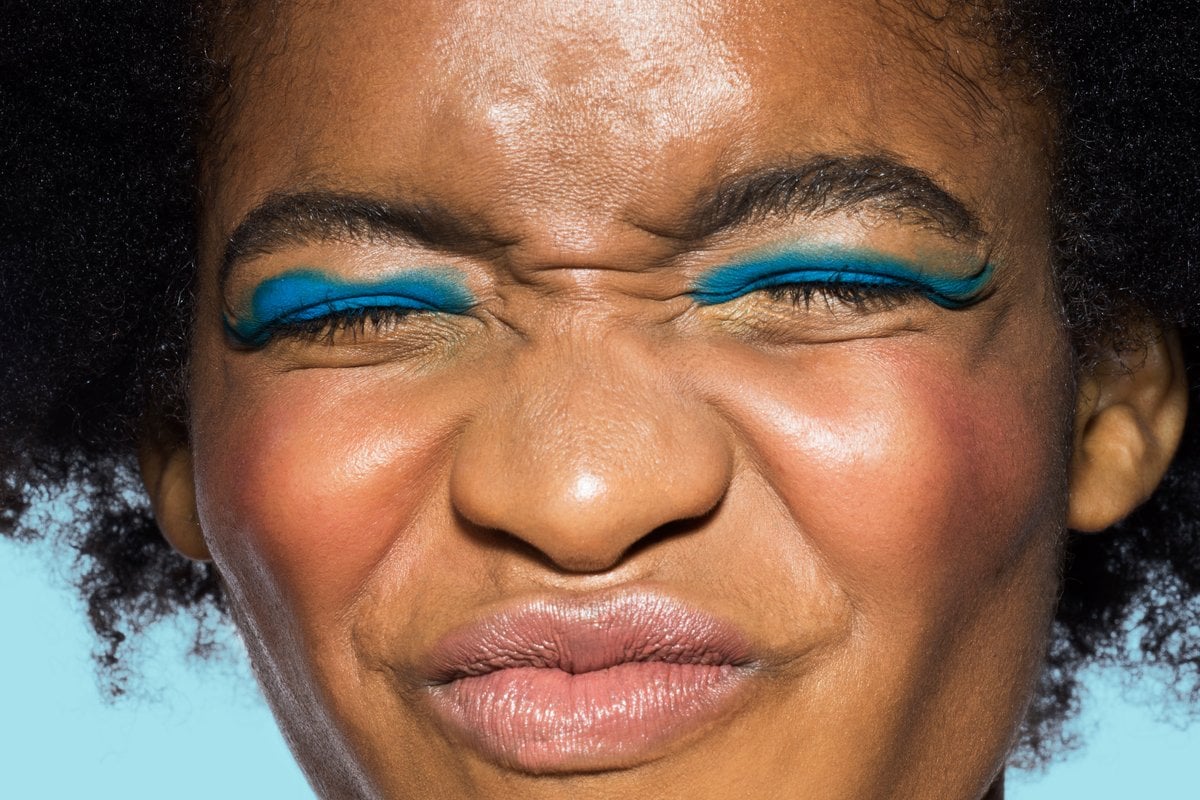
As we age, most of us folk kinda want the same thing on the skincare front: to smooth those fine lines around our eyes (also known as 'crow's feet' - cute!).
And while some of us are keen to crack down on anti-wrinkle injections and fillers to get the job done, others rely on skincare and facials... and kind of just float around trying to work out WTF is legit.
Listen to Mamamia's podcast for your face, You Beauty, where we talk about the product that makes eye bags disappear. Post continues below.
Cause it's the wild west out there when it comes to skincare brands and their giant, fluffy claims - it can be super hard to know what's actually worth spending money on.
Like, waaay too hard for the average Joe.
If you're being a little shy and have no clue what crow's feet actually are, here's how dermatologist Dr Cara McDonald from Complete Skin Specialists describes them:
"Crow's feet are deep wrinkles around the eyes caused by a combination of the underlying muscle contraction and a loss of the integrity of the overlying thin skin around the eyes."
These lines usually start appearing in the mid-to late-30s, but you can get them even earlier if you're super lucky! "The muscle movements are obviously necessary for smiling and closing the eyes but are exaggerated by squinting in the sun and also frowning excessively," adds McDonald.
Okay, we good? Great!
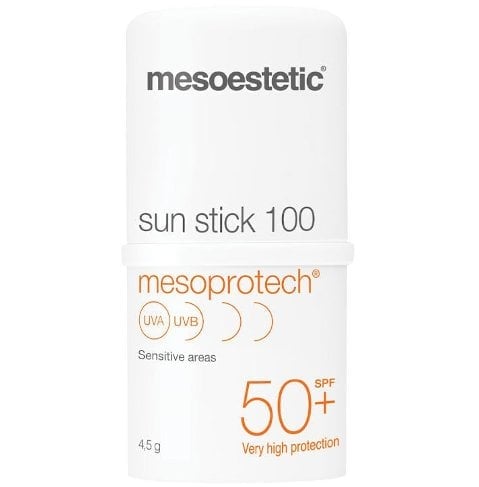
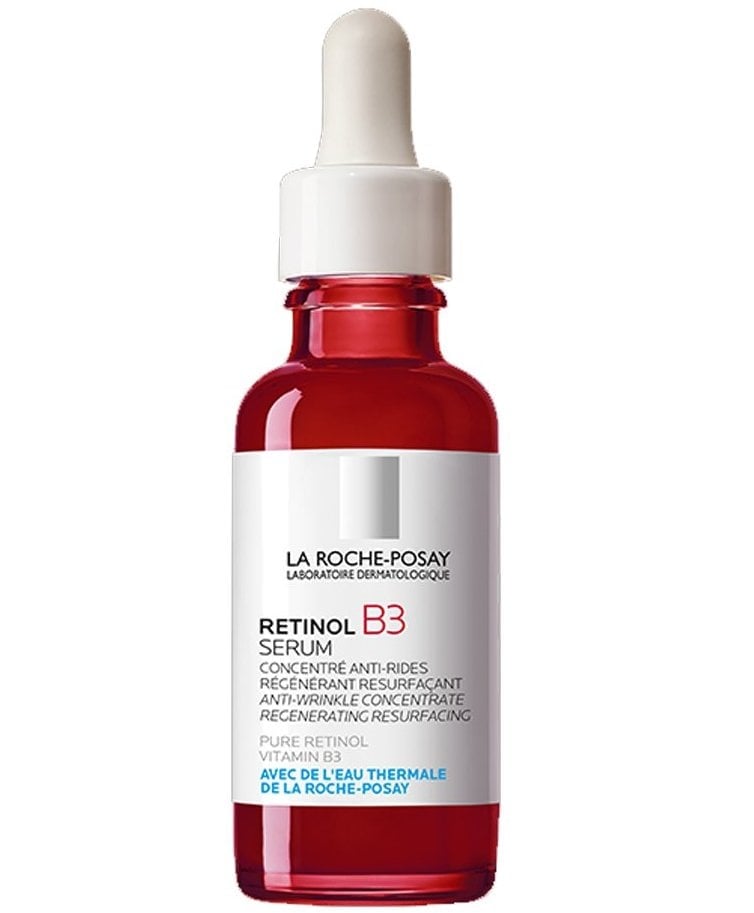
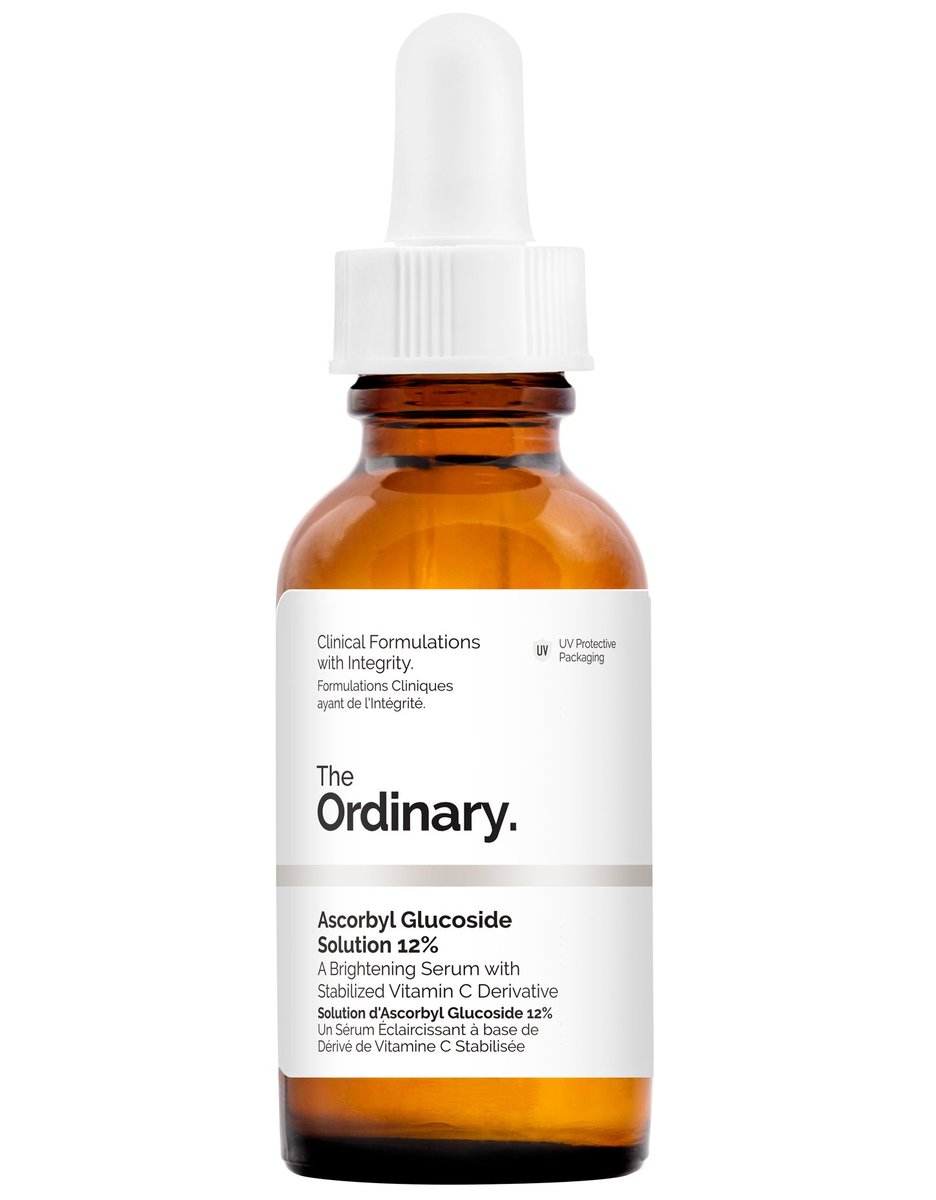
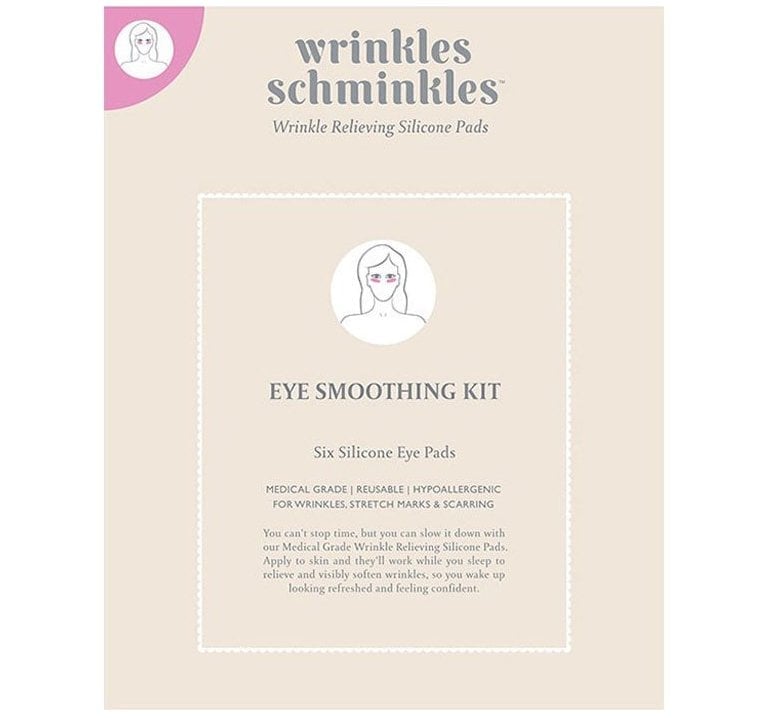
Top Comments